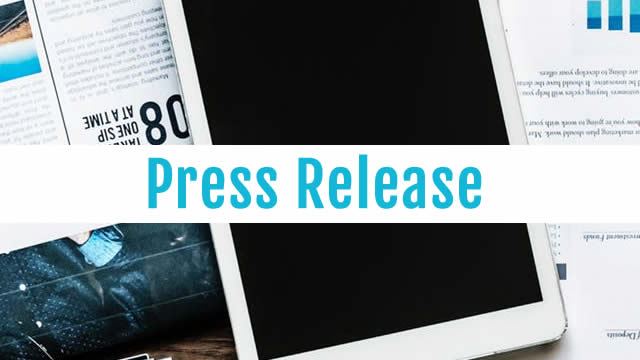KBRA Assigns Preliminary Ratings to Pagaya AI Debt Grantor Trust 2025-3 and Pagaya AI Debt Trust 2025-3: An In-depth Analysis
New York, NY– In a recent development, KBRA (Kroll Bond Rating Agency), a leading credit rating agency, announced the preliminary ratings for the notes issued by Pagaya AI Debt Grantor Trust 2025-3 and Pagaya AI Debt Trust 2025-3, collectively referred to as PAID 2025-3. This unsecured consumer loan Asset-Backed Securities (ABS) transaction marks an essential milestone in the digital lending sector.
PAID 2025-3: An Overview
PAID 2025-3 represents a significant step forward in the integration of artificial intelligence (AI) and machine learning (ML) technologies in the consumer lending industry. The transaction includes 12 classes of notes, with initial hard credit enhancement levels ranging from 83.58% for the Class A-1 Notes to 4.22% for the Class F Notes.
Credit Enhancement: A Closer Look
Credit enhancement is a crucial aspect of the ABS market. In the case of PAID 2025-3, credit enhancement is achieved through a combination of overcollateralization, subordination (except for the Class F Notes), and a cash reserve account funded at closing. This structure aims to protect investors from potential losses due to borrower defaults or other credit events.
Impact on Individual Consumers
The impact of PAID 2025-3 on individual consumers is two-fold. On the positive side, the transaction’s success may lead to increased competition in the consumer lending market, potentially resulting in more favorable loan terms and lower interest rates for borrowers. However, there are concerns about the potential risks associated with digital lending platforms and the use of AI and ML in underwriting, such as increased privacy concerns and potential biases in the lending process.
Impact on the World
On a larger scale, the success of PAID 2025-3 and the growing adoption of AI and ML in the consumer lending industry could have significant implications for the global financial landscape. By automating the underwriting process, digital lending platforms can offer more personalized and efficient loan approvals, potentially increasing financial inclusion and broadening access to credit for underserved populations. Additionally, the integration of AI and ML in credit risk assessment could lead to more accurate predictions and better risk management, potentially reducing defaults and improving overall financial stability.
Conclusion
The preliminary ratings assigned by KBRA to PAID 2025-3 mark an important moment in the integration of AI and ML technologies in the consumer lending industry. While the transaction’s success could lead to increased competition and more favorable loan terms for borrowers, there are also concerns about potential risks and challenges associated with digital lending platforms and the use of AI and ML in underwriting. As the industry continues to evolve, it is essential to carefully consider these implications and work towards addressing any potential challenges in a responsible and transparent manner.
- PAID 2025-3: An unsecured consumer loan ABS transaction with 12 classes of notes
- Initial hard credit enhancement levels ranging from 83.58% to 4.22%
- Credit enhancement through overcollateralization, subordination, and a cash reserve account
- Impact on individual consumers: increased competition and potential risks
- Impact on the world: financial inclusion, improved risk management, and potential challenges





